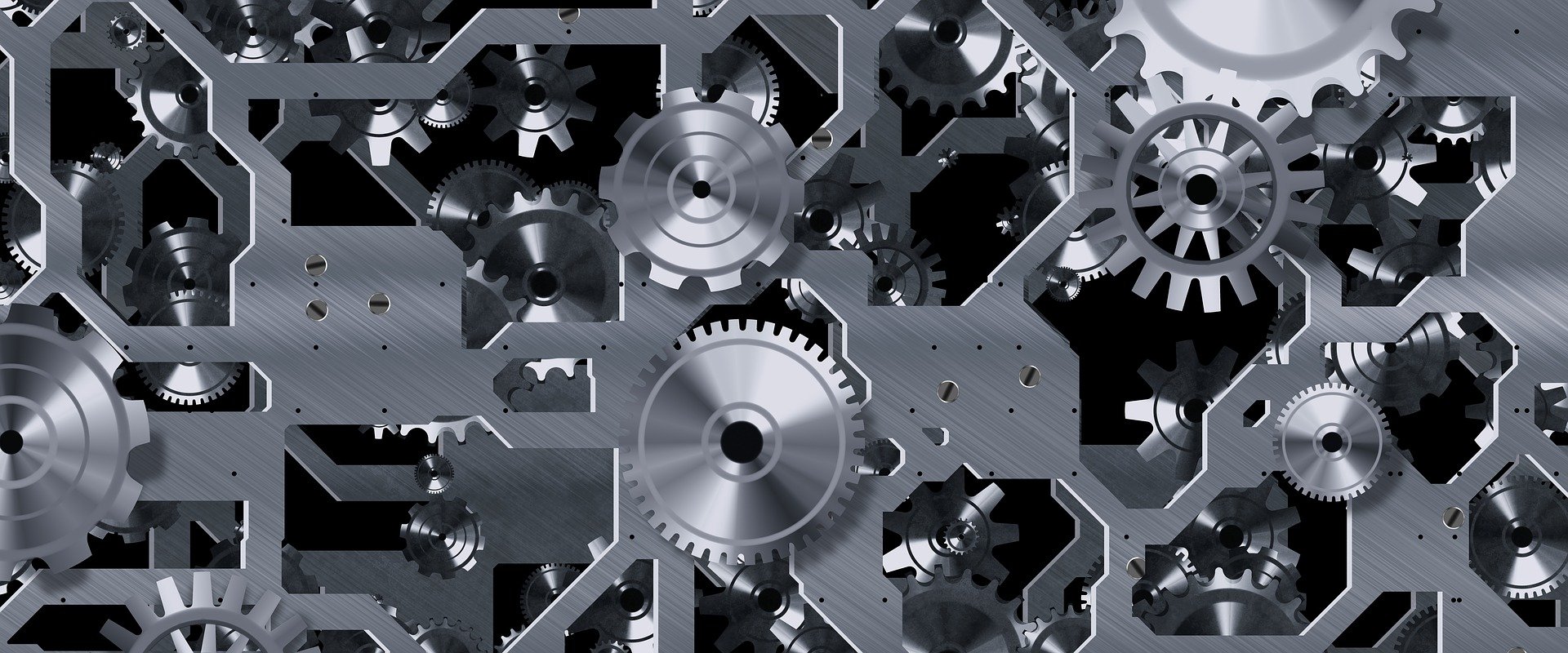Thanks to automation and robotisation, when properly designed, RPA (Robotic Process Automation) applications manage to square the circle: “in practice, RPA can manage to automate the customer relationship to re-humanise it!” explains Pierre Le Grand, RPA Manager at Talan, coordinator of the Talan webinar (in French) “Automating Incoming Communications”.
Because customers are becoming increasingly demanding. According to a consumer survey, 62% of these would be irritated by exceedingly long waits, while 52% would be upset at having to repeat themselves – particularly if they change contact person... This reflection leads to one observation in particular: the customer must be put at the heart of the company’s strategy. Better yet, the customer experience needs to be optimised across all incoming communication channels.
It should also be added that the recent health crisis has profoundly changed the customer experience. Whether in retail or catering, on-line channels have temporarily taken precedence over physical ones. And while the picture appears to be improving, the use of digital channels (website, messaging, social networks, video calls, etc.) has become part of the habits of many consumers.
Combining RPA with AI and machine learning for ad hoc solutions
In this context of increasingly dematerialised relationships, requests are pouring in and consumers have become accustomed to them. They are generally in a hurry to get an answer or to have someone on the other end of the line, at any time of the day or night.
“Faced with this challenge, we must innovate to continuously satisfy the customer and remain open, free of prejudice, to the implementation of new ad hoc solutions. This is where RPA technology has a part to play” explains Pierre Le Grand, with automation assisted by AI and machine learning, chatbots, callbots and in-warehouse virtual reality solutions to process customer requests.
“Coupled with AI, RPA tools can understand, analyse customer requests or questions, and make quick and effective ‘decisions’: directly provide the requested response, redirect to the appropriate department, offer to call back, etc.”
For example, many of us already converse with Siri on iPhone or Alexa on Amazon’s connected speaker as part of our everyday, and are generally very satisfied with their use. The idea is thus to treat incoming communications from a company in the same way.
Effective and timely responses to requests
Technically, RPA responds effectively to customer requests and queries: complaints, requests for information, suggestions, etc. to manage all communications that can come in at any time. These communications can come via text messages, telephone calls, emails, messages on social media, or in-store conversations, etc.
The applications have reached a high level of maturity. For example, they are in place at eBay where 100% of emails are handled by robots – and often, without the consumer even realising it... The customer relationship is thus more “human” in that it is smoother and instantaneous.
Take a customer relations centre, for example. During a call, instead of being played on-hold music, customers are greeted immediately by a callbot that invites them to express their needs. The request is processed immediately, after which the call is redirected to the appropriate department. For example, if it is a help desk, a person calling to have a leak in his bathroom addressed will immediately be offered the services of a plumber. The request can also be submitted by email and addressed, there too, by robots. Each time, a trace will remain in the customer’s record, enabling quick and personalised follow-up.
Towards partial robotisation of the relationship
The end result is real optimisation of information exchange. “Most importantly, the accelerated processing of each request becomes more and more relevant” emphasises Pierre le Grand. Thanks to machine learning, the RPA application will carry out continuous self-learning, and thus improve each time it is used. Management is made smooth despite fluctuations and in particular peaks in activity, there is complete traceability in interaction, and the company adapts in near real time to new customer requirements.
“This gives the customer the feeling of being listened to, of benefiting from a personalised relationship that creates greater satisfaction and trust”.
Better still, in a period of relative uncertainty such as the one we are now experiencing, when it is important to pamper and reassure, RPA is helping solve the seemingly contradictory equation: a more “human” relationship thanks to partial robotisation of relationships!


